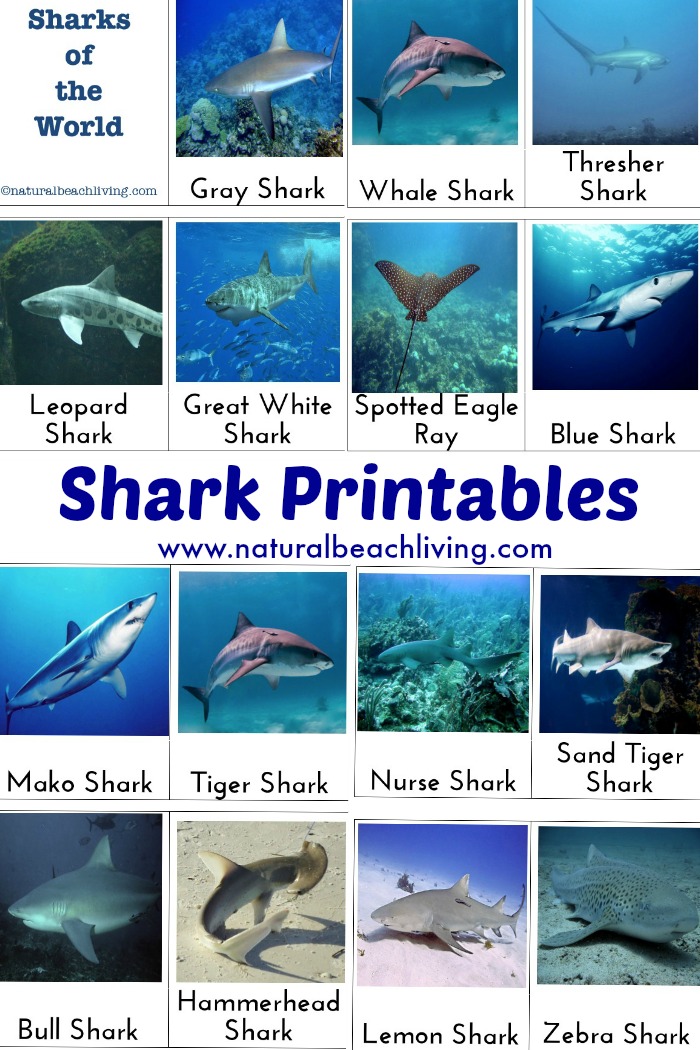

Marine mega-fauna, including the whale shark, as well as other marine life depend on the coral reefs. Commercial overfishing in all of the world’s oceans is upsetting marine eco-systems and is a cause of coral reef decline. General commercial overfishing is a more complicated issue. Their meat, oil, and fins were once highly sought after throughout Asia global conservation pressure, combined with local education and economic realignment has decreased the demand for whale shark meat and parts to where it now remains centered, albeit mostly underground, in the Taiwanese market. First, there is specific whale shark fishing. Over Fishing: The problem of overfishing, is two-pronged. Each of these issues are contributing to changes in whale shark migration patterns and possibly negatively impacting population numbers. Whale sharks are known to make these very deep dives.Īdditionally, fish spawning patterns, krill levels, and the formation of plankton plumes, all of which the whale shark depends on for food, are affected by temperature changes. Species that depend on very deep ocean dives for food are staying closer to the surface.

As the oceans warm, it is causing oxygen levels in the water to drop, negatively impacting marine life and changing behavioral patterns. Sea conditions in Mozambique lend themselves to diving encounters, and in the Maldives, both diving and snorkelling opportunities are hugely rewarding. In the Galapagos islands, conditions tend to be too challenging for snorkelling and diving is preferable. If you have always dreamt of diving with whale sharks join us on our Galapagos whale shark diving trip where we are joined by marine biologist Sofía Green Iturralde, cruising the islands during the peak of the whale shark aggregation.Ocean Warming: Global warming is a major issue posing multi-layered concerns for marine scientists from back in 2011. Recent research shows an even worse prognosis. In other locations, scuba diving represents the better option. Snorkelling with whale sharks is possible in Mafia Island in Tanzania and Ningaloo Reef in Australia as well as in the Maldives, Mexico, St Helena and the Philippines. Encounters are often in very shallow waters, while snorkellers are generally able to move faster than divers. Snorkelling can in fact bring some advantages over diving in certain situations. Sightings are also possible in Thailand, Christmas Island, Indonesia, Madagascar and Cuba.ĭiving and snorkelling encounters are possible with whale sharks, however not in every location. Whale sharks also gather in a number of places in the Philippines. From November to May, large numbers are seen in the waters around Donsol, while Tubbataha offers superb opportunities from March through to May each year. In the northern reaches the season runs July to November and around La Paz encounters with these gentle giants is best from October through to May. The Sea of Cortez, on Mexico’s west coast is home to whale shark populations throughout the year. These aggregations are known to occur in the Galapagos between May and November, Mexico’s Yucatan Peninsula from June to September, Mafia Island in Tanzania from November to March, and Mozambique’s southern shores from November through to May. Primarily a solitary species, whale sharks are known to aggregate at certain places and certain times around the globe. The largest numbers of whale sharks are seen around the Baa Atoll from May to October each year. Depending on the time of year, they visit the eastern or the western side of the atolls, feeding on the plankton rich warm water. The Maldives and in particular the South Ari Marine Park Area offer some of the most consistent sightings. Whale sharks can be seen in a number of locations around the world. They are also considered to be one of the most ancient species on our planet, pre-dating the dinosaurs. Whale sharks are the largest fish in our oceans, averaging around 9-10 metres in length, but are thought to reach sizes of up to 18 metres. Primarily plankton feeders and ocean wanderers, whale sharks are also known to eat small fish, even interacting with local fishermen in Cenderawasih Bay in Indonesia. Found in tropical waters from Honduras to the Maldives, these huge, docile members of the shark family are characterised by their wide mouths, distinctive blue-grey colouring with white spots and a large, crescent-shaped tail.


 0 kommentar(er)
0 kommentar(er)
